Online courses
Description: In this 3 part lecture course, I cover the foundations of 3D shape registration and dense correspondence. I start by giving an overview of rigid and local non-rigid alignment methods. In the second part, I cover spectral methods for global non-rigid correspondence. Finally, I describe the most recent learning-based approaches, especially focusing on the interplay between spectral and spatial correspondence learning.
[Course Website] Dates: June 2020 as part of theMachine Learning for Non-Matrix Datagraduate school at the Politecnico di Milano
International graduate-level courses
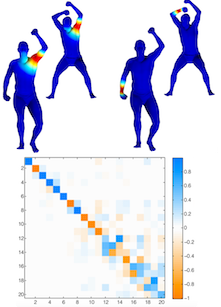
Together with Etienne Corman, Michael Bronstein, Emanuele Rodolà, Mirela Ben-Chen, Leonidas Guibas, Frederic Chazal, Alex Bronstein
This course introduces the audience to the techniques for computing and processing correspondences between geometric objects, such as 3D shapes, images or point clouds based on the functional map framework. We will provide the mathematical background, computational methods and various applications of this framework.
[Course at SIGGRAPH 2017] [Course at SIGGRAPH Asia 2016] Dates: courses at SIGGRAPH Asia 2016, and SIGGRAPH 2017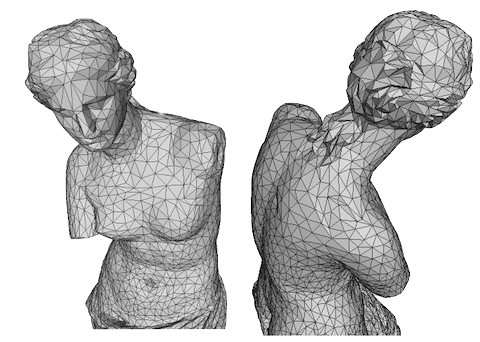
This course introduces the fundamental concepts for creating and analyzing 3D shapes on the computer. Throughout the course, we put special emphasis on techniques that are based on discrete Laplace operators, which have, remarkably, permeated all areas of discrete shape processing. We will start with the basics of surface reconstruction from point clouds, and point cloud registration (alignment). We will then move to various approaches to shape analysis and processing, including the definitions and applications of various discrete differential geometry... [Course Website]
Dates: Spring 2015 at the University of VeronaCourses taught at Ecole Polytechnique
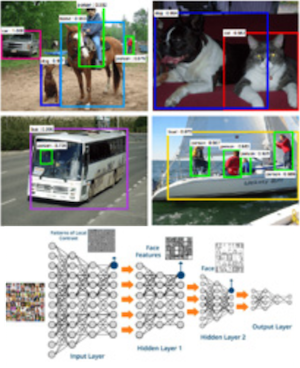
This practical course (modal) aims to introduce students to recent methods for analyzing and processing images, based on Deep Learning and more specifically Convolutional Neural Networks (CNNs). This course introduces the main concepts used in these methods and then describes the practical aspects of putting them in place.
[Course Website] Dates: 2018-2021 at Ecole Polytechnique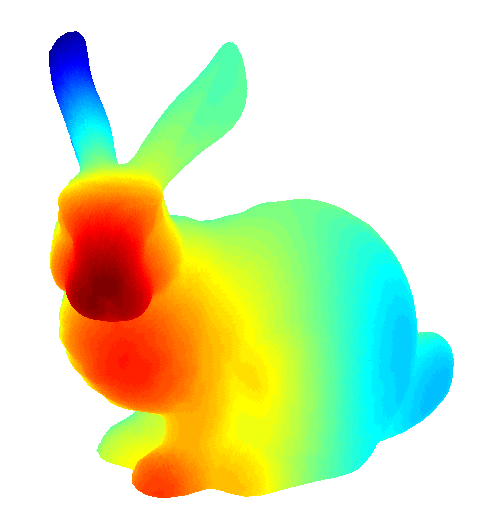
Together with Luca Castelli Aleardi
This is a course on geometric modeling with emphasis on the the fundamental concepts for creating and analyzing shapes on the computer. We start with techniques for generating and representing smooth curves in 2d using B-splines and Bézier curves. We then move to various techniques for shape representation in 3d with special emphasis on triangle meshes and associated methods. At the same time, we introduce methods for shape analysis, including registration segmentation and parametrization.
[Course Website] Dates: 2012-2020 at Ecole PolytechniqueCourses TA'ed at Stanford
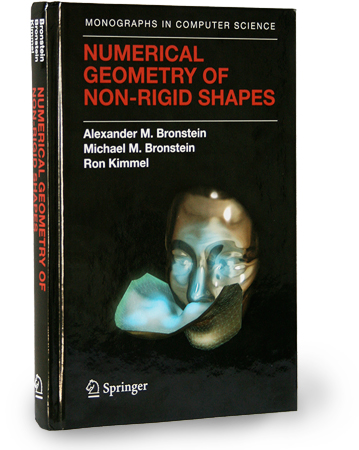
Course taught by Alex and Michael Bronstein
The course is a self-contained comprehensive introduction to analysis and synthesis of non-rigid shapes. The course addresses problems such as deformation-invariant similarity and correspondence of shapes, partial similarity, multidimensional scaling methods and their use for invariant representations of non-rigid shapes, spectral methods and the Laplace-Beltrami operator, extrinsic and intrinsic symmetry detection among others.
[Course Website] Dates: Winter 2009 at Stanford University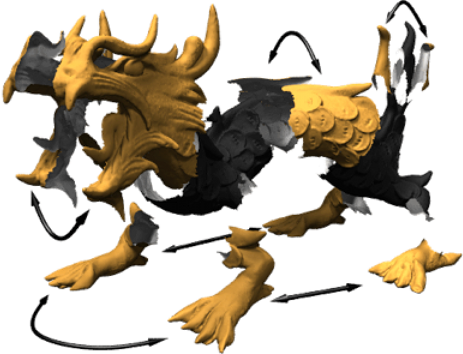
Course taught by Leonidas Guibas
This course introduces, at an elementary level, a set of mathematical and algorithmic ideas rooted in geometry which are important in all branches of the computer science dealing with representations and manipulations of virtual physical objects. Included in this list is computer graphics, computer vision, robotics, computational structural biology, and sensor networks . The emphasis is on algorithms and data structures for modeling the shape and motion of physical objects, and more generally multi-dimensional data. The ideas are also important... [Course Website]
Dates: Spring 2009 and Spring 2010 at Stanford University